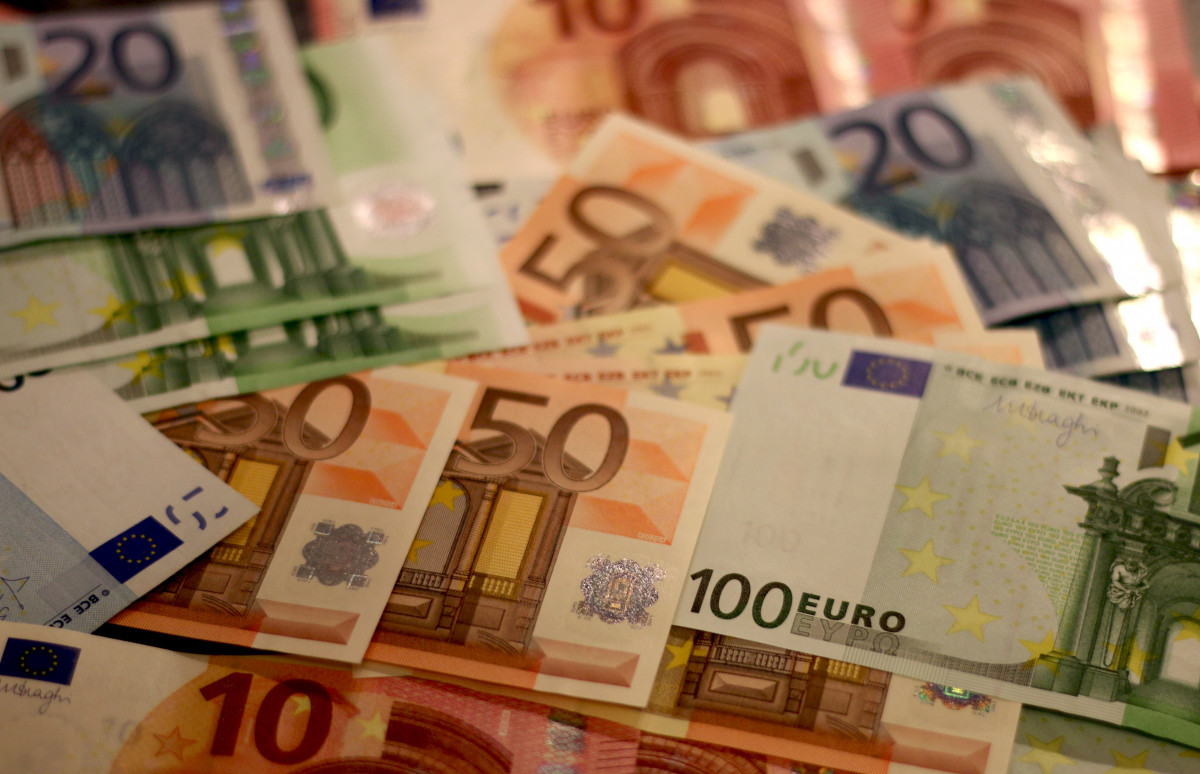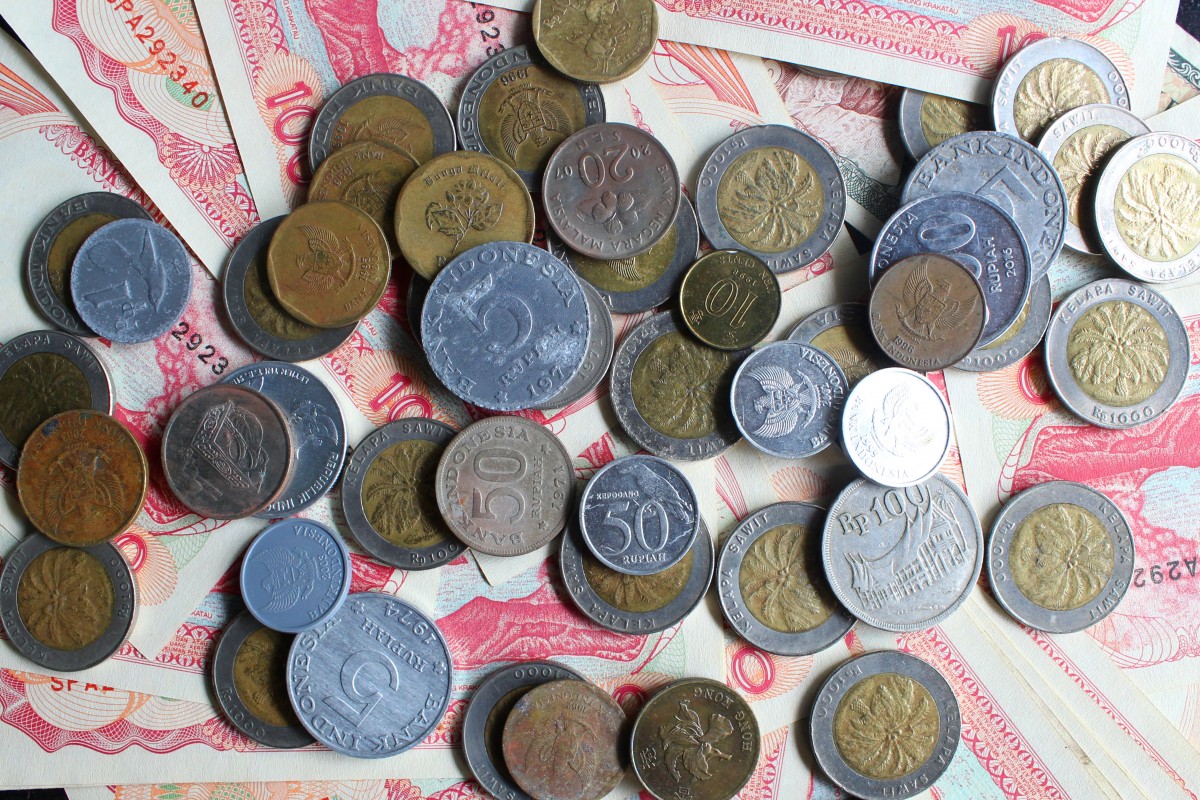Forex: Dynamics of Global Currency Exchange and Trade

The expansive, high-velocity world of international finance and commerce relies fundamentally on the continuous, instant, and efficient conversion of one national currency into another. Every single global transaction—from a massive multinational corporation settling an overseas contract to a simple tourist purchasing a souvenir—requires this complex currency exchange to function seamlessly.
Historically, executing these conversions was a localized, slow, and expensive process constrained by physical banking operations and differing national monetary policies. The Foreign Exchange Market (Forex) has emerged as the indispensable, specialized financial ecosystem dedicated entirely to facilitating this monumental, daily transfer of trillions of dollars in currency value.
Forex is the largest and most liquid financial market in the world. Its perpetual, non-stop operation underpins the stability and speed of global trade. Understanding the core mechanisms, the strategic roles of participants, and the critical macroeconomic drivers that determine currency valuation is absolutely non-negotiable. This knowledge is the key to comprehending the fundamental engine that drives international investment, manages cross-border risk, and dictates the financial viability of global commerce.
The Foundational Architecture of the Forex Market
The Foreign Exchange Market (Forex or FX) is the decentralized, global market where all the world’s currencies are traded. Unlike a traditional stock exchange, Forex lacks a single physical headquarters. Instead, it operates continuously, 24 hours a day, five and a half days a week, across all major financial centers worldwide. This non-stop activity makes it the largest and most liquid financial market on the planet.
The market facilitates two crucial economic functions. The first function is converting currency to enable international trade and investment. The second function is hedging against currency risk for multinational businesses and financial institutions. Hedging is necessary to lock in future exchange rates.
All trading occurs in currency pairs. When a trade is executed, one currency is simultaneously bought while the other is simultaneously sold. The exchange rate (the “price”) reflects the value of the base currency relative to the quote currency. The price is determined instantly by the simple, powerful forces of supply and demand.
The integrity of the Forex market is absolutely indispensable to global commerce. Without a reliable, liquid market to convert currencies, the financial friction associated with international trade would become prohibitively high. This would severely limit economic growth and specialization worldwide.
Core Mechanisms of Currency Trading

The process of currency valuation and exchange is governed by specific terms and fundamental operational mechanics. Understanding these concepts is essential for comprehending how the market functions and how profits are generated or losses are incurred. Precision in terminology is mandatory.
A. Exchange Rates and Pairs
The Exchange Rate is the rate at which one country’s currency can be exchanged for another. All trading is done in currency pairs, such as EUR/USD (Euro versus US Dollar). The first currency listed (EUR) is the base currency. The second currency (USD) is the quote currency. The price quoted reflects how much of the quote currency is required to purchase one unit of the base currency.
B. Spot Market and Forward Market
The Spot Market is where currencies are bought and sold for immediate settlement, typically within two business days. The spot market handles the vast majority of all daily Forex trading volume. The Forward Market is where contracts are executed to buy or sell a currency at a specific exchange rate on a predetermined date in the future. This forward contract is used primarily for commercial hedging.
C. Role of Liquidity
Liquidity refers to the market’s capacity to absorb large trading volumes without significantly impacting the currency’s exchange rate. Forex is highly liquid because of the immense volume of transactions. High liquidity ensures that traders can enter and exit positions quickly. It minimizes the cost associated with market slippage. Liquidity is essential for market stability.
D. Participants and Interbank Market
The market is dominated by large institutional participants. These include commercial banks, central banks, hedge funds, and multinational corporations. The Interbank Market, where large banks trade currencies with each other, accounts for the majority of the total volume. Smaller retail traders access the market through brokers who execute trades via the large banks.
Macroeconomic Drivers of Valuation

Currency exchange rates are highly sensitive. They are continuously influenced by profound shifts in macroeconomic fundamentals, political stability, and central bank policy decisions. These factors determine the relative attractiveness of one nation’s currency over another. Analyzing macro trends is mandatory for predicting movement.
E. Interest Rate Differentials
The single most powerful driver of short-term currency movement is Interest Rate Differentials. Central banks use their policy interest rate to manage inflation. A country that raises its interest rate relative to another country makes its currency and its fixed-income investments more attractive. This increases foreign capital flows, which drives up the demand and, thus, the value of the currency. Capital seeks the highest yield.
F. Inflation and Purchasing Power Parity (PPP)
Inflation severely erodes a currency’s domestic purchasing power. The theory of Purchasing Power Parity (PPP)suggests that, in the long term, exchange rates should adjust to equalize the price of an identical basket of goods between two countries. High inflation weakens a currency’s long-term value. Low, managed inflation strengthens a currency’s stability.
G. Trade Balances (Current Account)
A nation’s Trade Balance (or Current Account) measures the total flow of goods, services, and investments between that country and the rest of the world. A persistent trade deficit (importing more than exporting) generates downward pressure on the currency. This occurs because the country is selling its currency to purchase foreign goods. A trade surplus creates upward pressure.
H. Political and Economic Stability
Political and Economic Stability is a crucial, non-negotiable factor. Countries perceived as having stable governance, predictable regulatory frameworks, and sound fiscal policy attract high levels of foreign investment. This capital inflow strengthens the currency. Political turmoil, conversely, causes capital flight. This sudden withdrawal of investment severely weakens the currency.
Strategic Uses of the Forex Market
Beyond pure speculative trading, the Forex market provides indispensable tools that allow multinational corporations and financial institutions to manage their specific financial risks. Hedging is the strategic, responsible use of the market. Risk mitigation is paramount for global commerce.
I. Commercial Hedging
Commercial Hedging is the process of using forward contracts or specialized options to lock in a specific future exchange rate. A U.S. company that expects to receive payment in Euros in six months will hedge by selling Euros forward today. This action removes the financial risk associated with the Euro’s future price volatility. Hedging ensures predictable profit margins on international contracts.
J. Risk Exposure Management
Multinational corporations utilize Forex to manage their global Risk Exposure. Fluctuations in exchange rates can change the value of foreign assets, liabilities, and revenues significantly. Strategic treasury management uses Forex derivatives to offset these balance sheet exposures. This process protects the company’s reported financial earnings from currency volatility.
K. Currency Arbitrage
Currency Arbitrage involves exploiting minor, temporary price discrepancies for the same currency pair across different markets or brokers. Arbitrageurs execute simultaneous buy and sell orders. They lock in a small, guaranteed, risk-free profit. This activity is highly complex and instantaneous. Arbitrage ensures that exchange rates remain efficient across the entire global market.
L. Central Bank Intervention
Central Banks occasionally intervene in the Forex market. They buy or sell large quantities of their own currency. This intervention is done to stabilize exchange rates, protect exports, or counter excessive speculative pressure. Central bank actions are deliberate and powerful. They aim to achieve specific, short-term monetary policy goals.
Conclusion
Forex is the non-stop, hyper-liquid financial market that dictates the price of global currency exchange and trade.
The market facilitates two crucial economic functions: currency conversion for commerce and hedging against exchange rate volatility.
All trading occurs in currency pairs, with the exchange rate price determined instantly by the dynamics of supply and demand.
The stability of a currency is heavily influenced by the nation’s central bank policy, particularly decisions regarding policy interest rate adjustments.
High relative interest rates attract foreign capital flows, which drives up demand and strengthens the perceived value of the national currency.
Long-term currency value is fundamentally dictated by inflation rates and the nation’s trade balance (current account deficit or surplus).
Commercial Hedging is the strategic use of forward contracts to lock in future exchange rates, protecting corporate profit margins on international transactions.
Unpredictable political turmoil and economic instability cause capital flight, which severely weakens the currency’s value in the global market.
Arbitrage activity is necessary to ensure that the exchange rates for currency pairs remain consistent and efficient across all global financial centers.
The entire market is dominated by major institutional participants, including central banks, hedge funds, and vast commercial banking entities.
Mastering the complex interplay of macroeconomic fundamentals and central bank policy is the key to managing cross-border financial risk effectively.
Forex stands as the final, authoritative engine that underpins the speed, stability, and growth of global commerce and investment worldwide.
